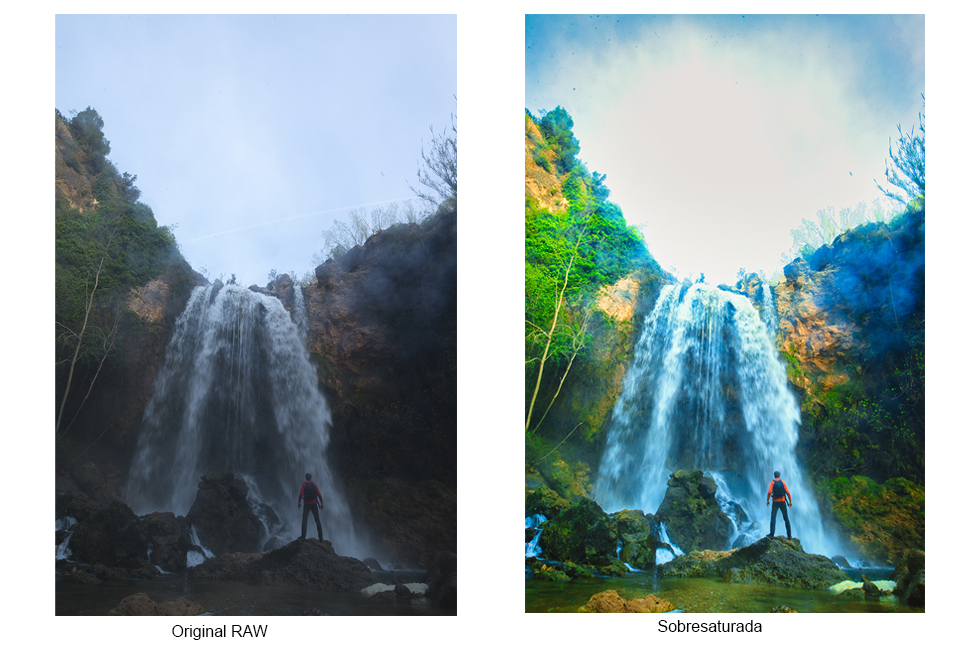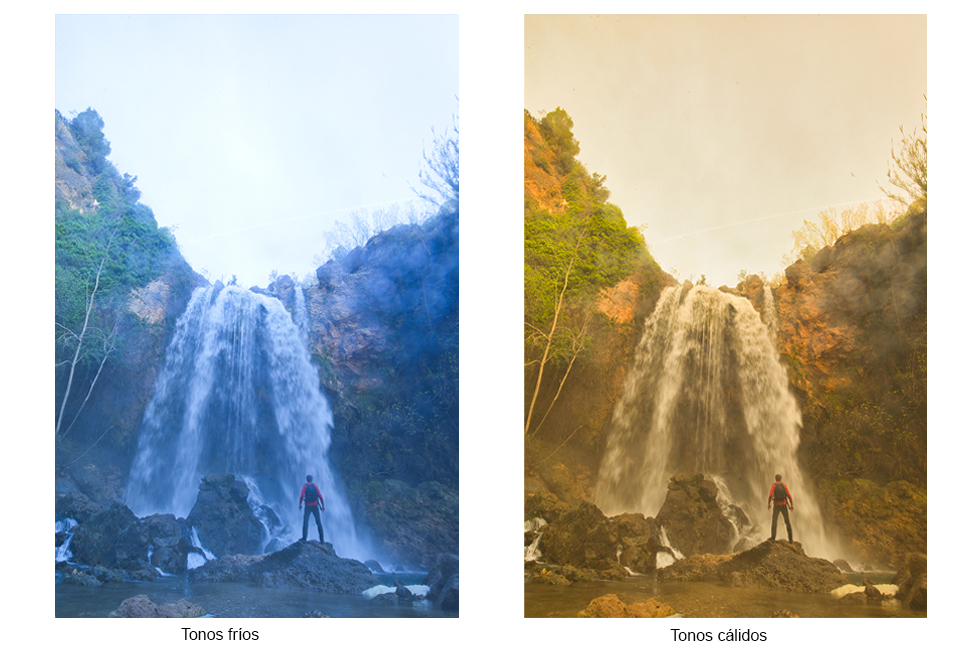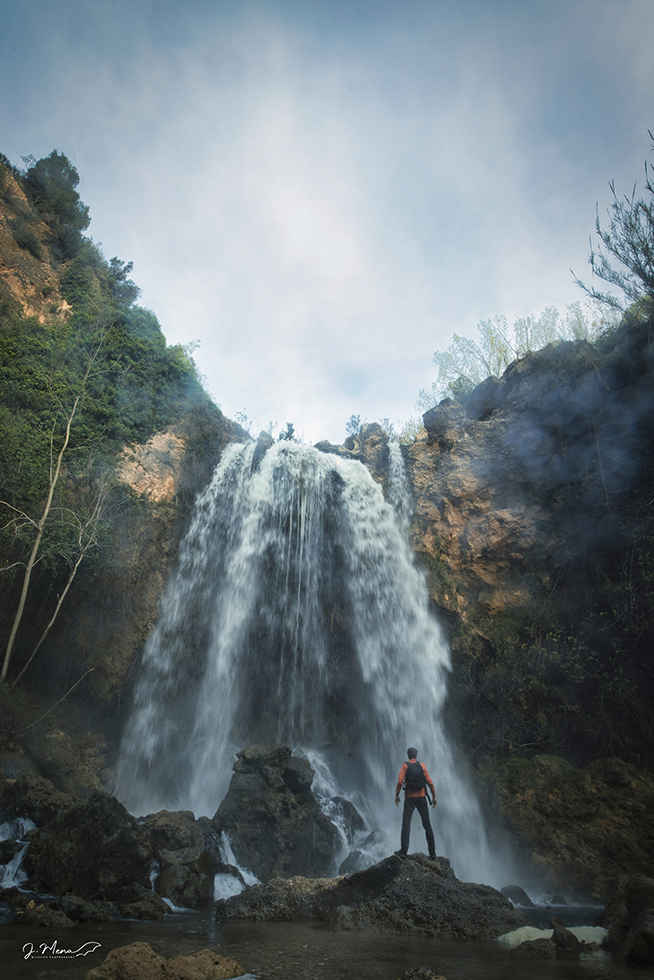About the revealed

In another photographic discipline I do not know, but in nature photography, I am clear that we have the duty and obligation to capture reality as it is, trying to alter it as little as possible so that it reaches the eyes of the viewer as pure as possible. Light is the main basis of photography, and we must know how to channel it as well as possible before it reaches our camera sensor, because everything that we do not do well beforehand will imply a later edition, whether we like it or not, it will move away that reality that we had tried to capture. In other words, to the extent that photography allows us, we must work with light, not pixels, with programs like Photoshop, which by the way I don’t even have installed on my computer.
My way of working once I have captured the image (Raw obviously, which is like the old original negative) consists of developing it (eye, not editing it), and in this process I act minimally on the saturation, the contrast, raising the shadows or lowering the highlights… I only dedicate 30 seconds to all this task, I don’t want the computers to take away the energy that I accumulate when I am in nature taking the photographs. Everything we do after more, clone, change colors, put lights, blurs, will falsify the result and will distort the essence of the original image, causing the observer to lose interest, thinking that before his eyes there is an image too contrived. And as Rafael Serrano Esguerra points out very well when he says: “I consider that there is a great difference when taking a photograph in which we wait for the ideal moment, looking for a perfect composition, using the necessary tools of the photographer, to rescue the contrasts, the shadows, the colors, etc, in order to get that photo we were looking for in our camera. To take a series of shots with different values, to later sit in a studio to reframe and produce an image resulting from the fusion of countless Photoshop layers. This is the difference between photography and digital art, between developing and editing, both with their merit, of course. However, in nature photography, this is something that should not be taken lightly, we must be honest with our readers regarding the material we produce and not visually mislead them, if the photographs are the result of a retouching and alteration process. digital in order to achieve a great landscape, we must communicate it”.


Personally, those perfect and spectacular images that we see of landscapes scare me, with their merit, of course, but they do not capture reality as the photographer saw it at the time of taking it, and that the layman and little trained in visual matters it causes admiration, but not to the purists of the image.
At this point, I must clarify that in some very specific situations, much to my regret, I have crossed this red line with some remorse, yes, honestly warning my readers. And luckily, in nature photography competitions, it is mandatory to present the images presented in the original RAW file, so that the jury can verify that there has been only a minimum edition of development, without absolutely any type of excessive editing and retouching.


